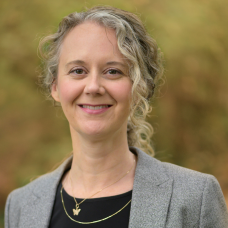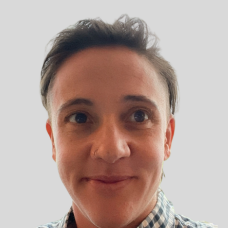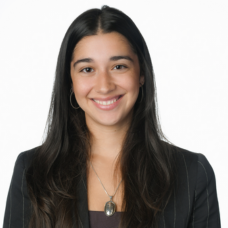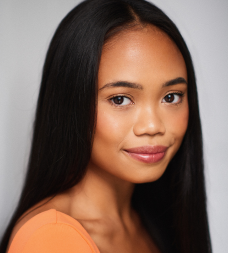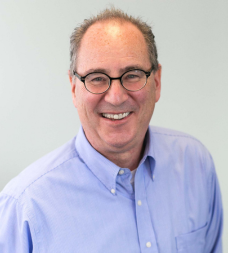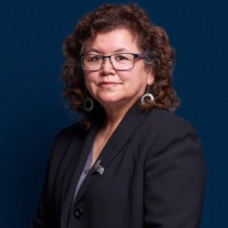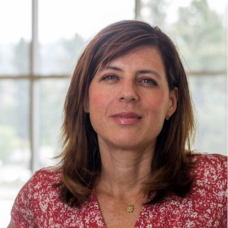Attendance at the 2019 AGE-WELL and Canadian Association on Gerontology Conferences
November 22, 2019
BY Sara Pon
Introduction
In October I travelled to Moncton, New Brunswick for the 2019 AGE-WELL Annual Conference: Exploring the Future of Technology and Aging. This was followed by the 2019 Canadian Association on Gerontology (CAG) conference: Navigating the Tides of Aging Together. In this blog, I describe some of the highlights from the conferences.
AGE-WELL Annual Conference
AGE-WELL is a network of researchers and trainees doing research and creating technology to help older Canadians and their caregivers age well. CCEL is an AGE-WELL Core Facility, which means we provide network researchers and trainees with expertise on legal issues in aging and technology research. The annual conference provides an opportunity for researchers and trainees to share their work. In recent years Krista has presented a number of webinars for AGE-WELL. All of them can be accessed here.
As a core facility member, I had the opportunity to support some great sessions for HQPs (trainees and students). The first was helping facilitate the Innovators of Tomorrow workshop where Shane Saunderson outlined how strategic foresight can be used when thinking about the future of aging, to help researchers be innovative in trying to develop future technology. I also had the honour of being a poster judge. The winning poster was by Benett Axtell. Benett’s PhotoFlow project allows older adults to load family photos to an app, record stories about them and links them into themes. The older adult can then share these memories with their relatives.
I had the honour of meeting Dr. Robert Thirsk at the conference. Dr. Thirsk is a retired CSA astronaut, engineer, and medical doctor who has been on 2 missions to space, including 6 months aboard the International Space Station. In his keynote address, Dr. Thirsk described the challenges of health care in deep space missions, and how technology developed for these missions can be used to deliver health care in remote and rural communities. Dr. Thirsk noted that going to space gives you a unique perspective on the earth which illustrates how we are all connected. He hopes more people can learn to see community in this manner.
One of the best sessions of the conference was the HQP Science Slam. Three brave trainees gave creative presentations on their research, including an interpretive dance, a play featuring older adult research committee members, and a hand-drawn comic.
The conference featured many wonderful technology innovations to improve the lives of older adults. New tech included:
- Blindspot sensors for wheelchairs;
- Apps to help adults living with dementia track their daily tasks;
- Light box communication for staying in contact with loved ones living far away; and
- Evaluation methods for the myriad of health apps in the market.
On the social media front, Dr. Hadjistavropoulos’s #SeePainMoreClearly campaign raises awareness about how to identify and manage pain in people living with dementia. For more information on this campaign, visit their website.
Canadian Association on Gerontology Conference
The CAG conference brings together researchers working in the multi-disciplinary area of gerontology, including law, sociology, nursing, and technology. I presented a poster on CCEL’s The Law and Practice of Health Care Consent for People Living with Dementia report. The project examined the law, policy, and practice of health care consent for people living with dementia. The goal of the work was to improve health care consent laws in BC and enhance the ability of people living with dementia to make decisions about their health care.
The conference featured a keynote address on each day:
- The opening keynote by Dr. Martin Hyde discussed how aging has been impacted by the new global context, including older adults moving to other countries upon retirement, and the impacts of the influx of caregivers for older adults, some of whom are moving from other countries.
- The Saturday keynote, continuing the discussion of space and aging, was a discussion by Dr. Sebastien Lord on how the built environment can better support older adults.
- Friday’s keynote was a panel discussion of an intersectional lens on aging, discussing marginalized populations. Dr. Brian de Vries discussed sexual and gender minority older adults. Dr. Jennifer Walker discussed First Nation perspectives on aging and cognition. Dr. James Worthington discussed how to promote wellness and independence for older persons in federal custody.
I attended several interesting talks, workshops, and seminars during the conference:
- A workshop on including stakeholders in studies on nursing home policies;
- A symposium on social isolation and exclusion;
- Talks on professional practice issues in dementia care and caregiver supports; and
- Talks on policy and ethical issues, including alert systems for people living with dementia who wander, precarity, and directly funded home care.
A highlight was a symposium on creating diverse and inclusive advance care planning tools, put on by Gloria Gutman of SFU’s Gerontology Research Centre. This symposium discussed research on how advance care planning tools and educational material could better be designed for South Asian, Chinese, and LGBT populations. Barriers to using them include cultural differences in the discussion of death, superstitions related to wills, and issues in applying the legislated temporary substitute decision-maker guidelines to people whose family structures differ from the hierarchical list (which prioritizes blood relatives like children, parents, and siblings). These studies identify the need for diversity and care in the designing of advance care planning education materials, such as considering carefully who is pictured in photographs, and even what colours are used. These studies highlight the critical need to develop advance planning tools and educational materials that are truly inclusive.
